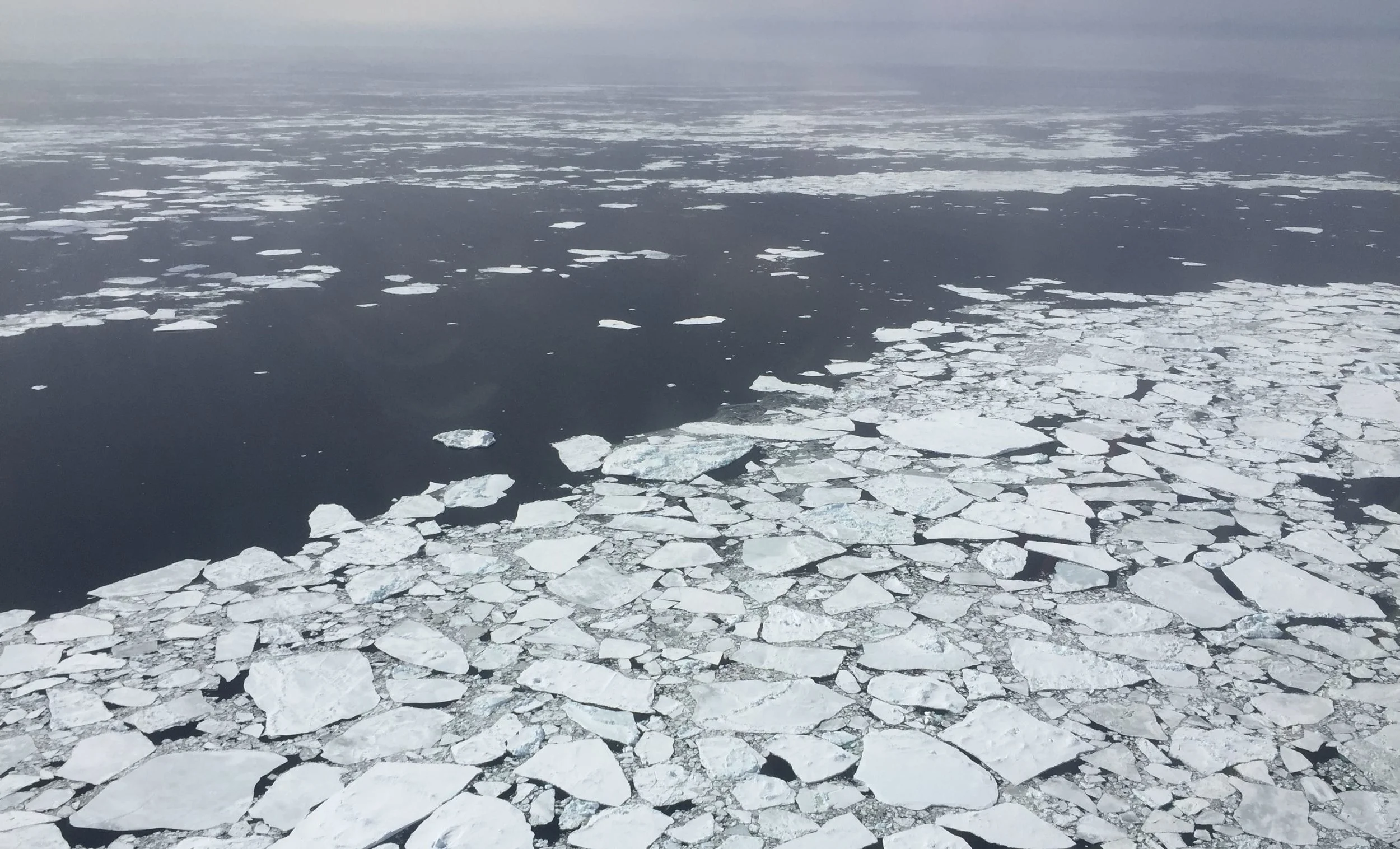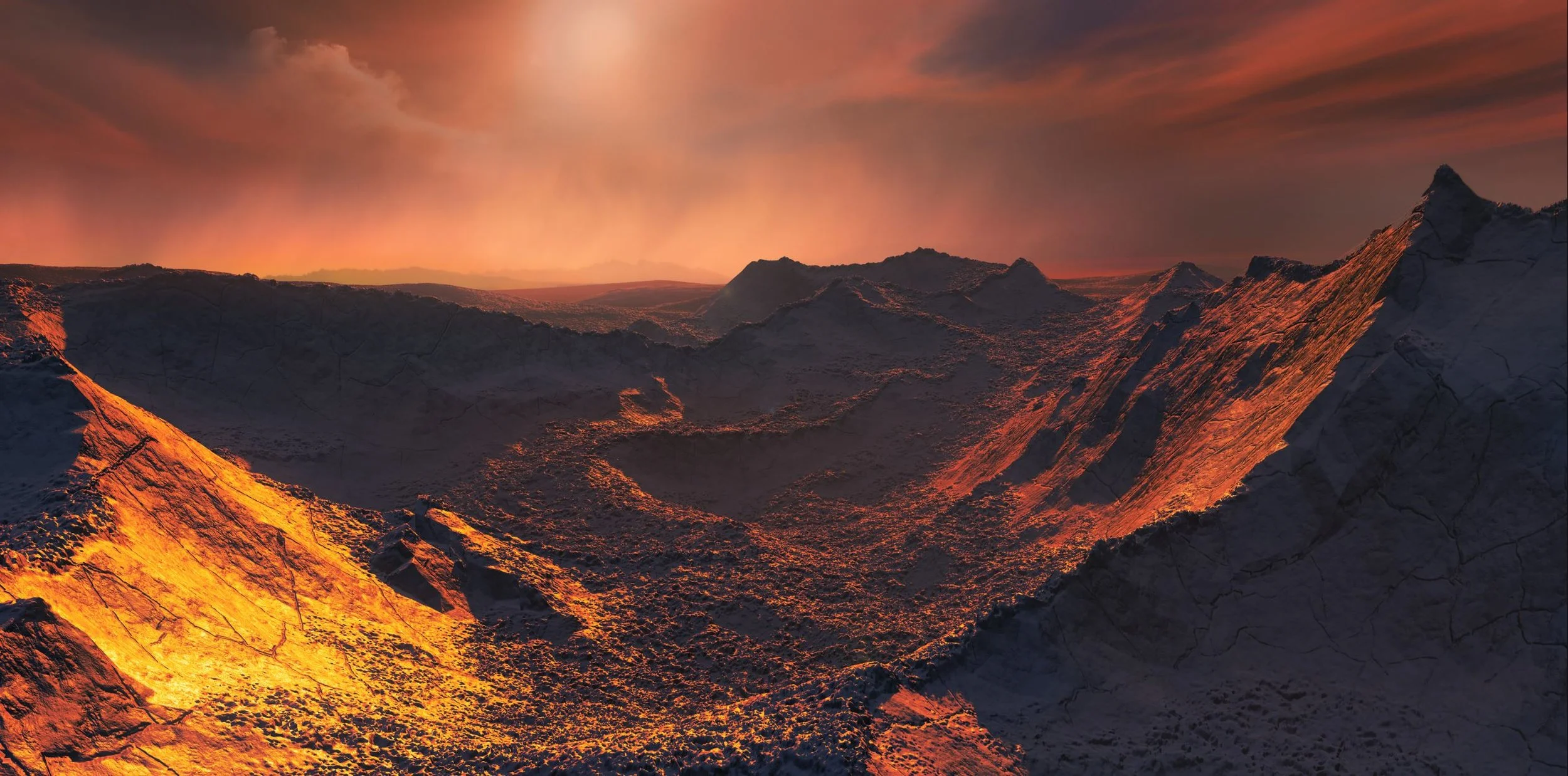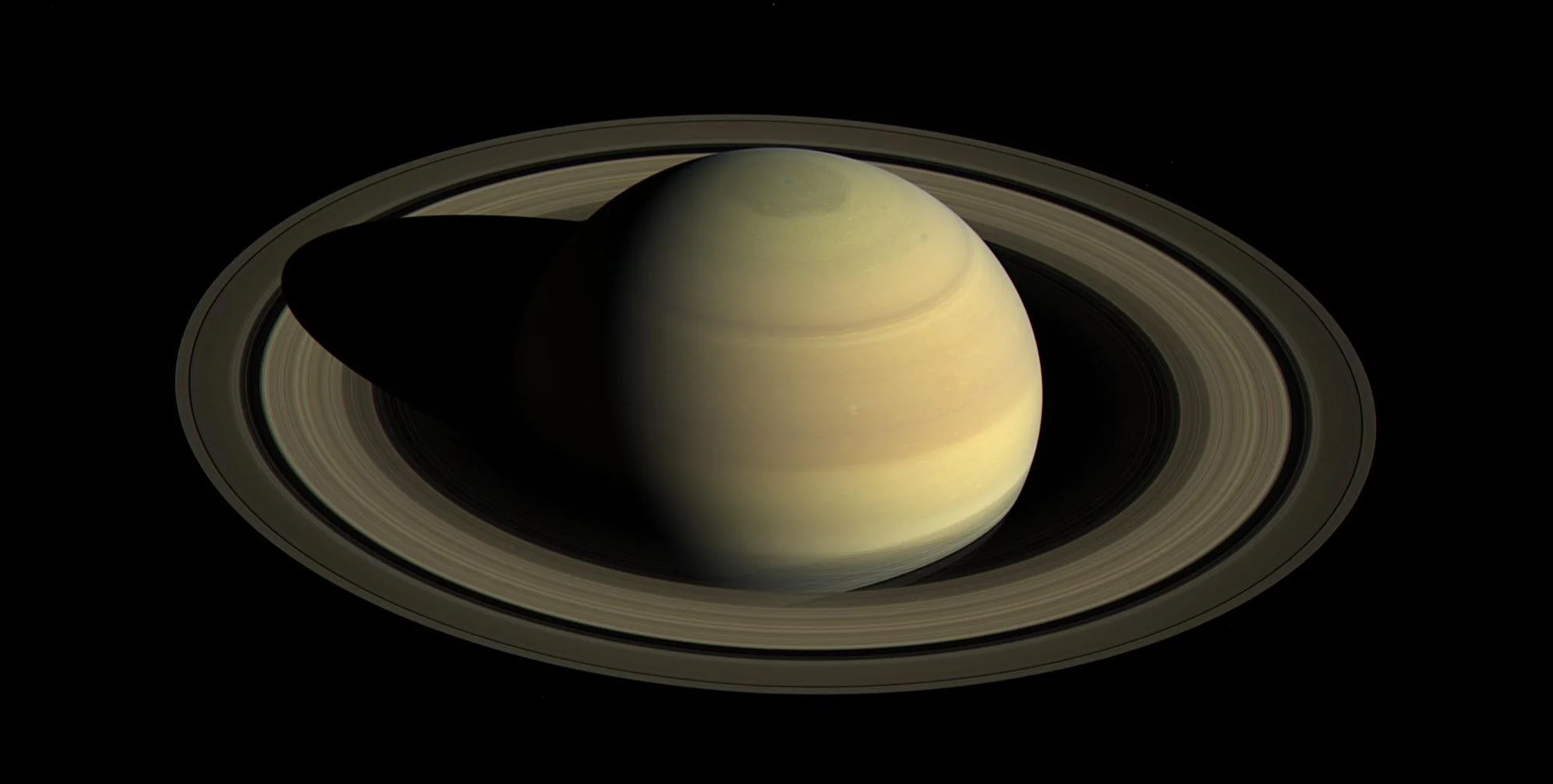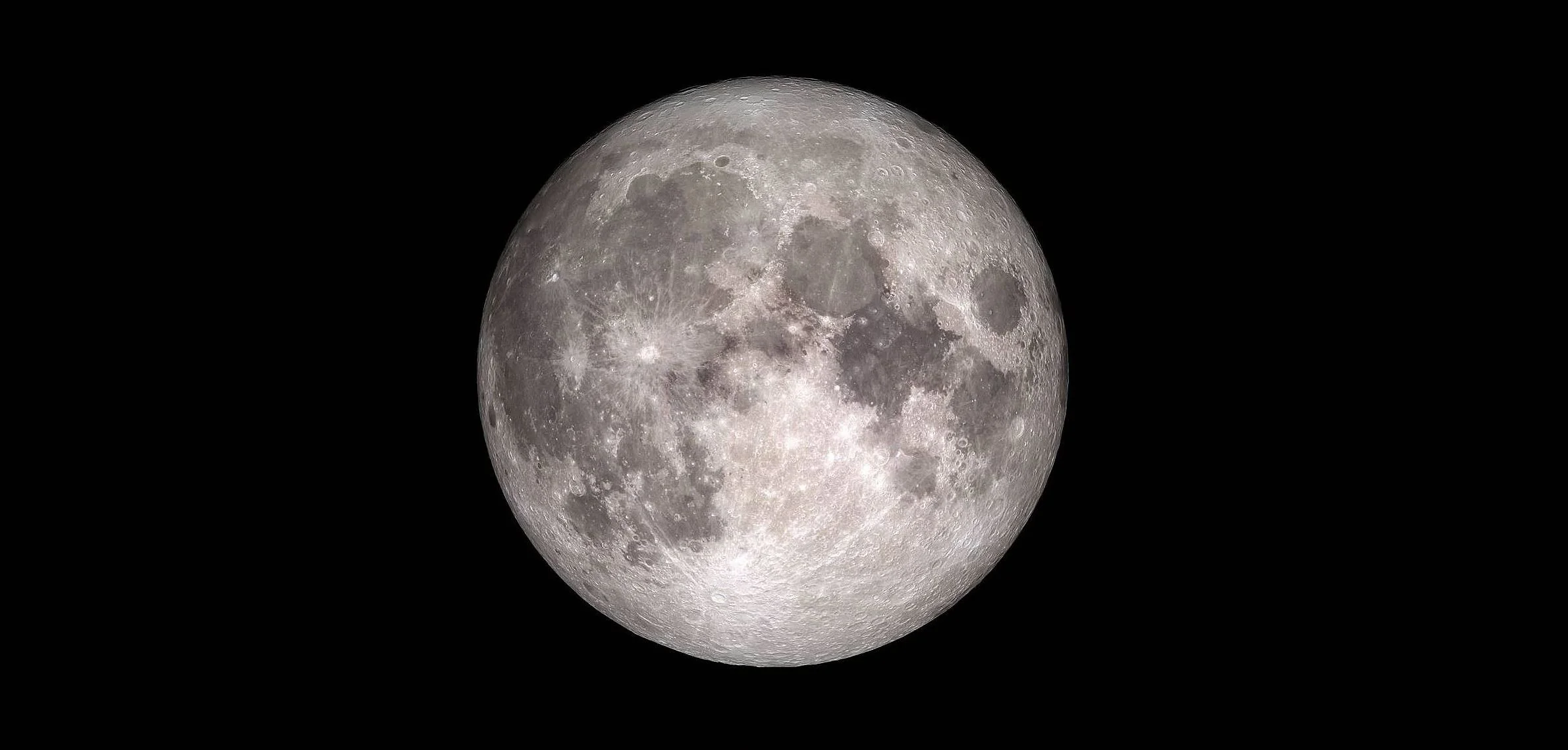You might have noticed how bright green your plants look after rain. Or you may have been watering your garden this summer, over many hot days and weeks. So, which water is best for your plants? The stuff that falls out of the sky or the water that comes out of the tap?
Static electricity mystery paves way for better battery life
Cool Tech: Internet of Trees maps the health of trees online
Carcasses of tiny animals sealed off by a one kilometer thick ice layer found on Antarctica
Steam-Powered Spacecraft Could Explore the Asteroid Belt Forever, Refueling Itself in Space
The era of renewed space exploration has led to some rather ambitious proposals. While many have been on the books for decades, it has only been in recent years that some of these plans have become technologically feasible. A good example is asteroid mining, where robotic spacecraft would travel to Near-Earth Asteroids and the Main Asteroid Belt to harvest minerals and other resources.
Bison are back, and that benefits many other species on the Great Plains
European Southern Observatory’s Cosmic Gems Programme captures last breath of a dying star
The faint, ephemeral glow emanating from the planetary nebula ESO 577-24 persists for only a short time — around 10,000 years, a blink of an eye in astronomical terms. ESO’s Very Large Telescope captured this shell of glowing ionised gas — the last breath of the dying star whose simmering remains are visible at the heart of this image. As the gaseous shell of this planetary nebula expands and grows dimmer, it will slowly disappear from sight.
It’s cold! A physiologist explains how to keep your body feeling warm
Why Antarctica’s sea ice cover is so low (and no, it’s not just about climate change)
Geothermal Heating Could Make Life Possible on the Super Earth Planet at Barnard’s Star
In 2018, scientists announced the discovery of a extra-solar planet orbiting Barnard’s star, an M-type (red dwarf) that is just 6 light years away. Using the Radial Velocity method, the research team responsible for the discovery determined that this exoplanet (Barnard’s Star b) was at least 3.2 times as massive as Earth and experienced average surface temperatures of about -170 °C (-274 °F) – making it both a “Super-Earth” and “ice planet”.
These brain cells make pain feel so bad
Can genetic engineering save disappearing forests?
Scientists Finally Know What Time It Is on Saturn
Using new data from NASA's Cassini spacecraft, researchers believe they have solved a longstanding mystery of solar system science: the length of a day on Saturn. It's 10 hours, 33 minutes and 38 seconds. The figure has eluded planetary scientists for decades, because the gas giant has no solid surface with landmarks to track as it rotates, and it has an unusual magnetic field that hides the planet's rotation rate. The answer, it turned out, was hidden in the rings.
NASA’s Campaign to Return to the Moon with Global Partners
The Moon is a fundamental part of Earth’s past and future - an off-world location that may hold valuable resources to support space activity and scientific treasures that may tell us more about our own planet. Americans first walked on its surface almost 50 years ago, but the next wave of lunar exploration will be fundamentally different.
Environmentally friendlier meat might be possible with the help of duckweed
A teen scientist helped me discover tons of golf balls polluting the ocean
Seeding the Milky Way with Life Using Genesis Missions
When exploring other planets and celestial bodies, NASA missions are required to abide by the practice known as “planetary protection“. This practice states that measures must be taken during the designing of a mission to ensure that biological contamination of both the planet/body being explored and Earth (in the case of sample-return missions) are prevented.
CERN is Planning to Build a Much, Much Larger Particle Collider. – here’s what it could discover
The Large Hadron Collider (LHC) at CERN is the most powerful particle accelerator in the world. During its ten years of operations it has led to remarkable discoveries, including the long sought-after Higgs boson. On January 15, an international team of physicists unveiled the concept design for a new particle accelerator that would dwarf the LHC.
Coffee: 60% of wild species are at risk of extinction due to climate change
Is your morning coffee an espresso or a skinny latte? Is it from a darkly roasted French or Italian blend? If it’s a high quality brew, it’s almost certainly made with beans from the Arabica species (Coffea arabica), which is known for its finer flavours. Examples would be Javan coffees, Ethiopian sidamo, and the expensive Jamaican blue mountain.



















